7 Effective Ways To Deal With Oily Scalp And Dry Hair
Little tweaks in your routine can help you tackle all hair and scalp-related issues.
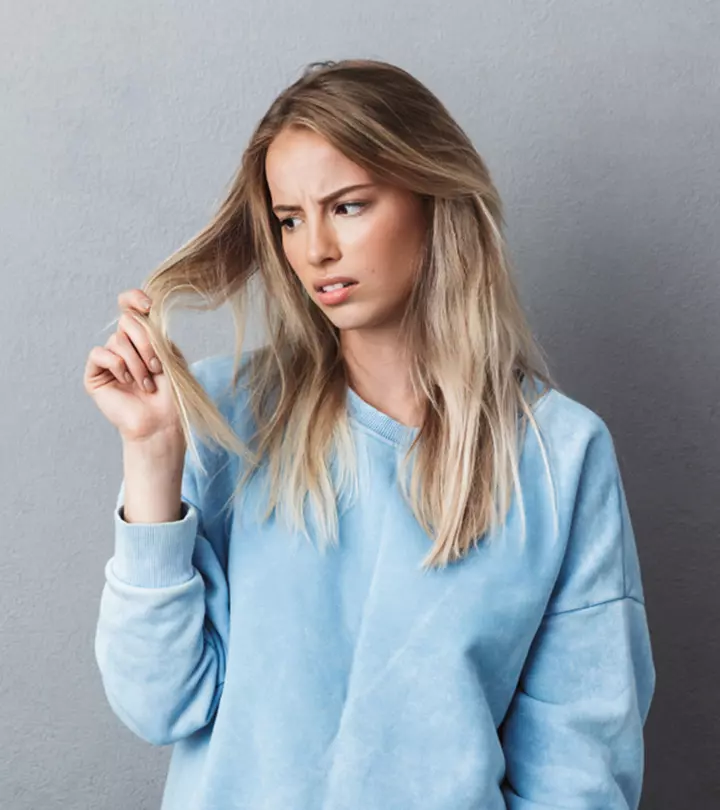
Everyone has different hair texture, color, and unique hair problems. Some have an oily scalp, while others struggle with dry hair. But what if you have oily scalp and dry hair? You may then need to address a mix of hair issues and conditions. Using the right products in the right balance can help.
This article explores the causes of oily scalp and dry hair, the ways to deal with the condition, and some important tips for managing this hair type. Keep reading.
In This Article
How To Tell If You Have Oily Scalp And Dry Hair
You have a combination hair type if:
- Your hair feels greasy at the roots within a day or two of cleansing, and the hair ends are brittle and damaged and have split ends.
- Your scalp is itchy, while your hair appears dull, lifeless, and frizzy.
Combination hair is easy to spot. Oily roots and dry ends are common in people with fine hair or long hair. Fine hair takes up less space on the scalp, leaving room for more oil glands. This makes the scalp greasy. Since the ends are the oldest part, the oil is less likely to travel to the ends, leaving it dry, brittle, and damaged.
Many factors can cause greasy scalp and dry hair. The reason is discussed in the next section.
Key Takeaways
- If you have oily scalp and dry hair, it means you have a combination hair type.
- Overactive sebaceous glands, your age, hormonal conditions, and gender can impact how much oil is secreted by your scalp.
- To deal with an oily scalp with dry hair, use the right hairbrush in continuous strokes, the right shampoo and conditioner, wash your hair only as often as needed, use hair oil, trim out the ends, and use heating tools sparingly.
The Causes Of Oily Scalp And Dry Hair
Overactive sebaceous glands cause an oily scalp. However, multiple factors control oil secretion. Your age, hormonal conditions, and gender can impact how much oil is secreted by your scalp.
Other factors may also influence excessive grease on the scalp. They include:
- Excessive use of hair styling products may cause scalp buildup and greasiness.
- Over-washing your hair strips the natural oils, triggering the scalp to produce excess oil to cover the loss. This may dry out the hair while leaving the scalp oily.
Diverse hair-washing routines were evident in a 2017 YouGov survey in which 5793 US adults participated. The findings revealed that 29% washed their hair daily, 31% shampooed 3 or 4 times a week, 26% washed 1 or 2 times a week, 11% washed less than once weekly, and 3% were uncertain about their hair washing frequency.
- Weather conditions and excessive sun exposure can lead to oily scalp and dry hair.
- Seborrheic dermatitis is another reason that may lead to oil scalp and dry hair. The condition mainly affects areas rich in oil glands, like the scalp (1). This may lead to overproduction of sebum in the scalp and cause a greasy appearance.
- Anecdotal evidence suggests that psoriasis on the scalp may cause an oily scalp and dry tresses as well. The skin condition is characterized by a rapid buildup of skin cells, which can disrupt the normal balance of oil production.
 Quick Tip
Quick TipYou now know what might be causing your greasy hair. But what should you do to maintain a balance? Let us find out.
Ways To Deal With An Oily Scalp With Dry Hair
Follow these tips to maintain your oily scalp and keep the hair healthy.
1. Use The Right Hair Brush
Hair brushing help distribute the natural oils on your scalp to other sections of your hair. If you are not using the right hair brush, the natural oils may accumulate on the scalp.
Use a boar bristle brush to distribute the oils. Check the length of the bristles. It should be able to penetrate your hair well enough to massage the scalp and distribute the oils.
2. Use Continous Strokes
The hair brushing technique is equally important. Ensure you are doing it the right way. Start from the ends and work your way up. Detangle your hair with a wide-toothed comb, and then use a boar bristle brush to comb your hair from the roots to the end. Use continuous strokes to ensure proper oil distribution.
3. Use The Right Shampoo And Conditioner
Consider using shampoo only on your scalp and avoid shampooing your hair ends often. Even if your scalp is dry, you could benefit greatly by changing the way you shampoo your hair. You may use a clarifying shampoo once in a while to cleanse the scalp and apply conditioner at the hair ends to keep them moisturized. For regular use, switch to a mild shampoo. Choosing the right shampoo for your hair type will help you address this issue.
4. Wash Hair Only As Often As Needed
Set your hair washing routine. Depending on hair type, you may need to wash your hair no more than two times a week. Washing the hair too often may cause excess oil production.
5. Consider Using A Hair Oil
If you want to restore your hair’s drier ends, it is time you begin oiling them. If you feel that your scalp gets too oily, you can skip oiling it. However, oiling from the mid-length to the hair ends can add some moisture to your locks.
6. Trim Out The Ends
This habit will remove split ends that may give the tips a straw-like appearance. It will also help you maintain healthy hair.
7. Use Heating Tools Sparingly
Stop using heating tools excessively. This can also strip your hair of natural oils and make your scalp feel like it needs to produce more of it.
Still not satisfied? Perhaps you will find some respite in these additional tips to manage your oily scalp and dry hair tips.
Other Tips For Managing An Oily Scalp With Dry Ends
- Use aloe vera gel on your scalp and hair tips. Aloe vera is an excellent moisturizer (3). It can help keep the scalp moisturized, preventing excess oil production.
- You can apply tea tree oil to the scalp as it has antibacterial properties (4). It may help prevent bacterial conditions and scalp irritation caused by excess greasiness.
 Trivia
Trivia- You can also use hair masks on the dry ends to keep them nourished, soft, and healthy.
Titan Tyra, a YouTuber, has dry ends because of bleaching. For this, she uses a hair mask on her hair instead of conditioner after shampooing. In her vlog, she mentioned, “I use a hair mask to condition my hair instead of a regular conditioner and I just leave it on for five to ten minutes (i).”
The combination of a dry scalp and oily hair comes with its own set of challenges and specific hair care routines. Excessive use of hair styling products, overexposure to the sun, and overwashing your hair strip the natural oils of the hair and trigger overproduction of oil. Using the right brush and products, and trimming split ends can help keep your hair healthy. Additionally, you can use ingredients such as aloe vera or tea tree oil to combat greasiness and keep your scalp hydrated. However, consider consulting a dermatologist for personalized care if your oily scalp and dry hair condition persists or worsens. A professional can help identify any underlying issues and suggest treatments specifically for your hair type and needs.
Frequently Asked Questions
Can environmental factors affect my scalp condition?
Yes, environmental factors like humidity, pollution, and harsh weather can impact your scalp. These elements can increase oil production and affect the moisture balance in your hair, worsening oily scalp and dry hair problems.
Can a very oily scalp cause hair loss?
Yes, excess hair sebum secretion or natural oils in the scalp may congest the pores and lead to buildup and irritation. This may weaken the hair roots and lead to hair loss.
Why is my scalp oily even after shampooing?
This may be due to improper cleansing and buildup caused by excess oil production from sebum glands. Regular shampoo cannot thoroughly clarify the scalp. Therefore, you must use a clarifying shampoo once a week to remove oil buildup from the scalp.
An oily scalp and dry hair are a difficult combination to deal with. The following video shares simple tips for using shampoo to balance this contrast. Watch it to learn more.
Personal Experience: Source
StyleCraze's articles are interwoven with authentic personal narratives that provide depth and resonance to our content. Below are the sources of the personal accounts referenced in this article.
(i) Hair Care Routine for Oily Scalp & Dry Hairhttps://www.youtube.com/watch?v=WF46Z3c5aFw
References
Articles on StyleCraze are backed by verified information from peer-reviewed and academic research papers, reputed organizations, research institutions, and medical associations to ensure accuracy and relevance. Read our editorial policy to learn more.
- Seborrheic Dermatitis
https://www.ncbi.nlm.nih.gov/pmc/articles/PMC2888552/ - Dietary Patterns Associated with Sebum Content, Skin Hydration and pH, and Their Sex-Dependent Differences in Healthy Korean Adults
https://www.ncbi.nlm.nih.gov/pmc/articles/PMC6471406/ - Aloe Vera: A Short Review
https://www.ncbi.nlm.nih.gov/pmc/articles/PMC2763764/ - Melaleuca alternifolia (Tea Tree) Oil: a Review of Antimicrobial and Other Medicinal Properties
https://www.ncbi.nlm.nih.gov/pmc/articles/PMC1360273/
Read full bio of Dr. Shruti Chavan
Read full bio of Ramona Sinha
Read full bio of Anjali Sayee
Read full bio of Monomita Chakraborty






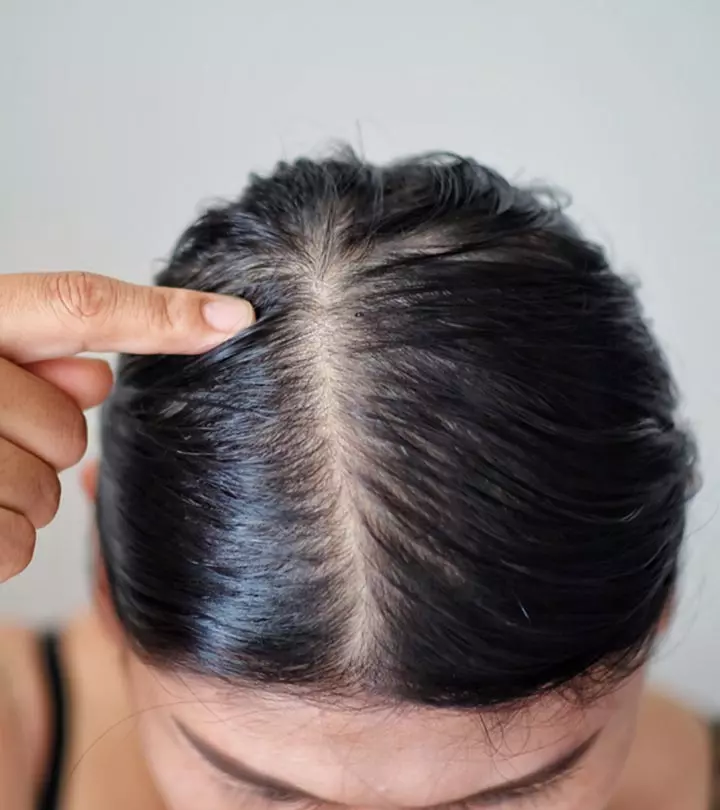
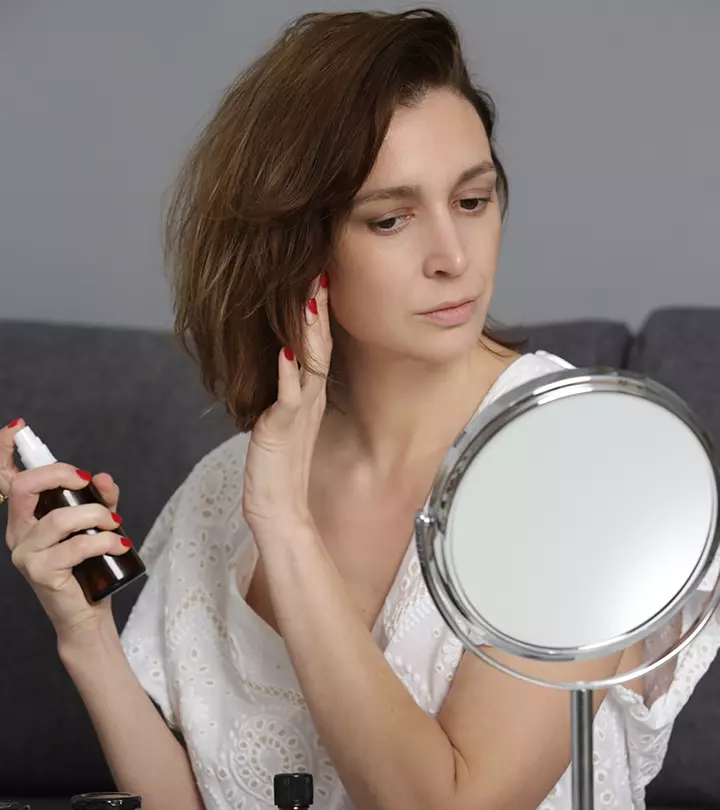
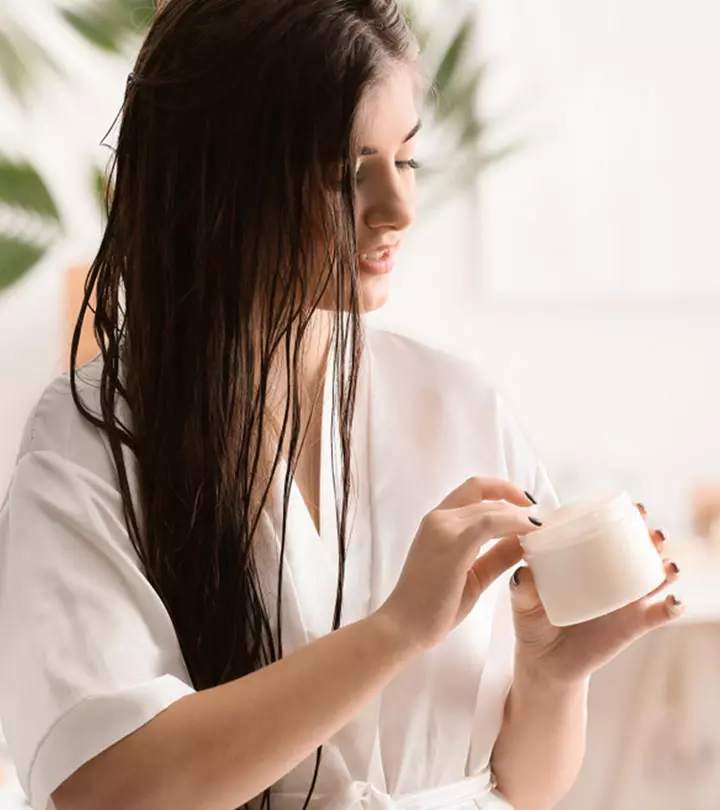
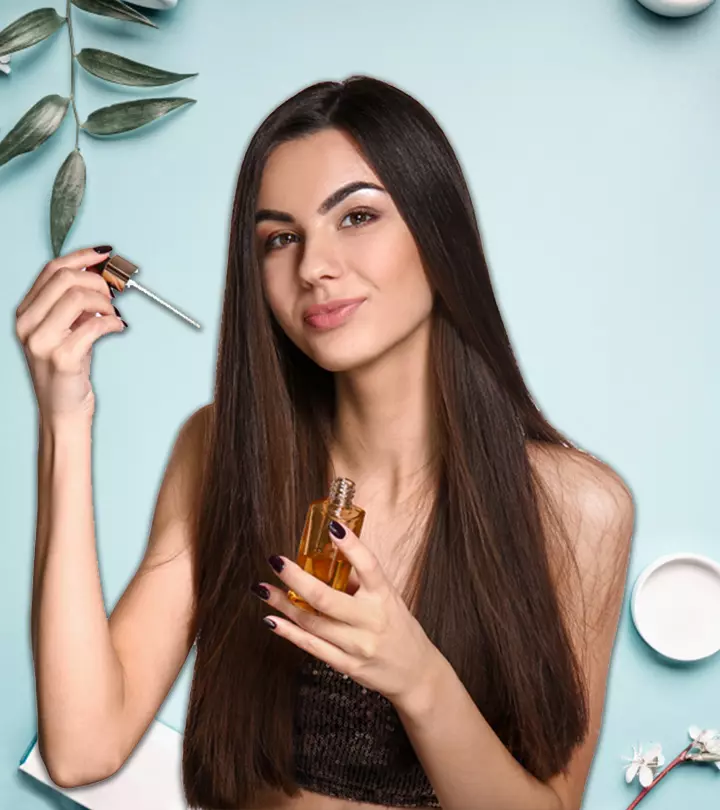

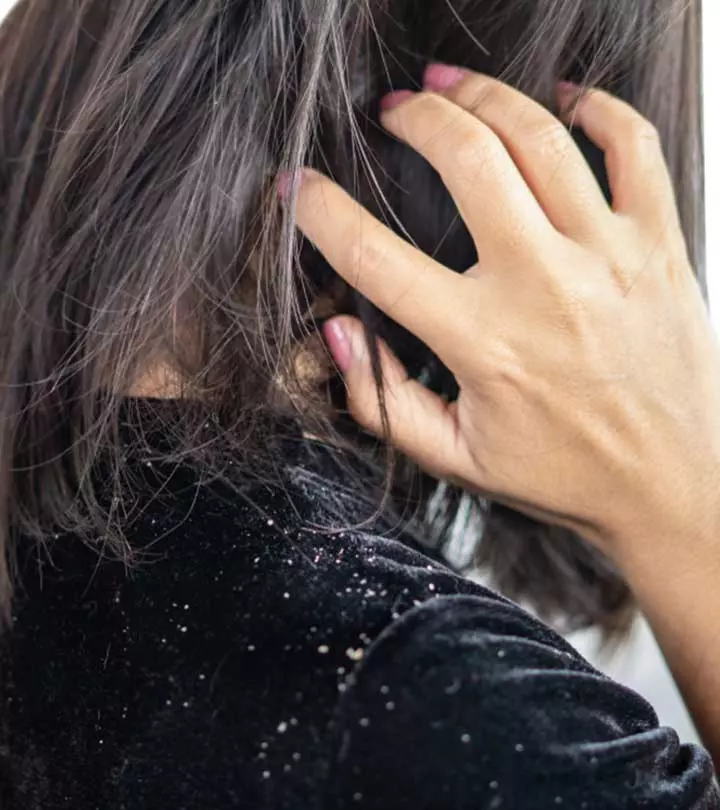
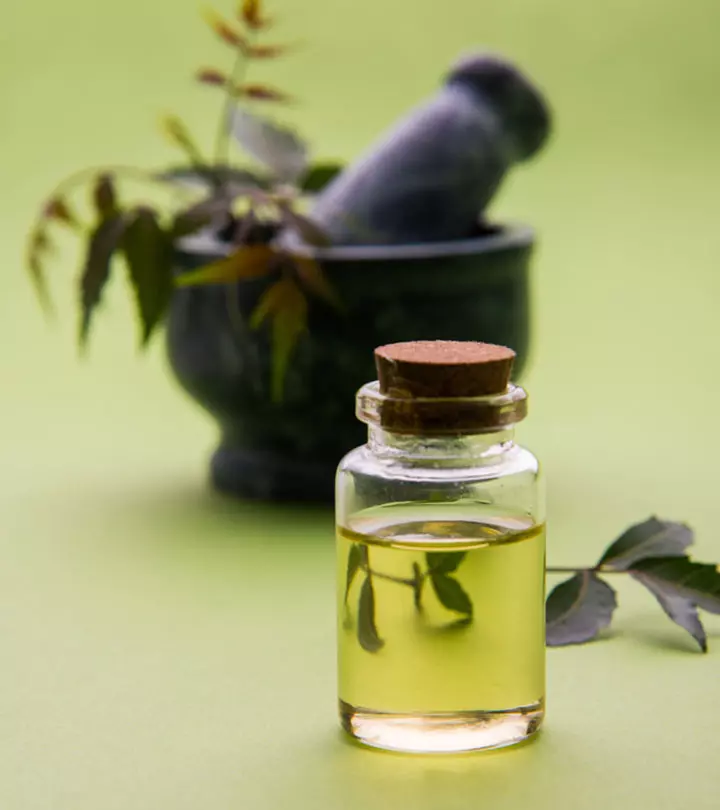
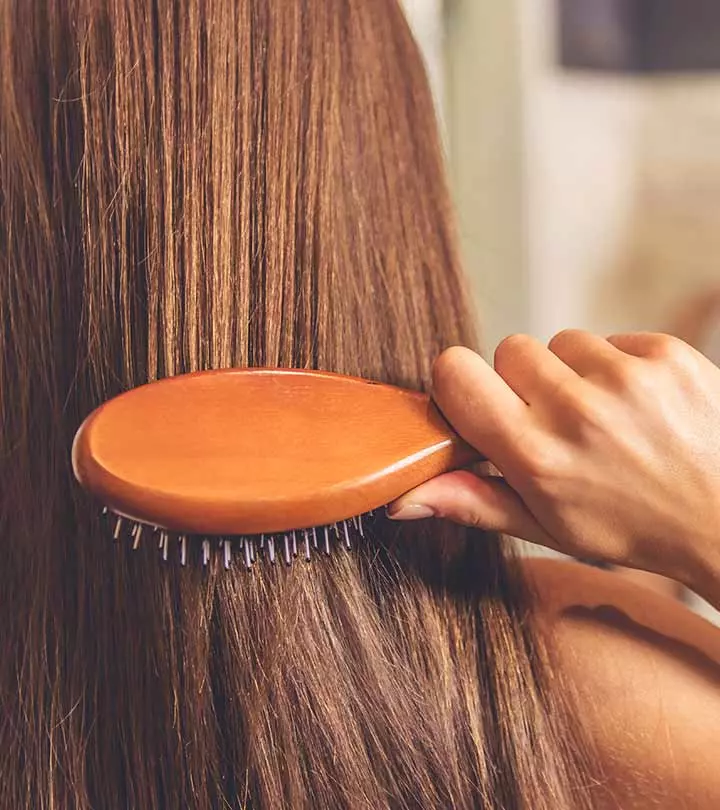
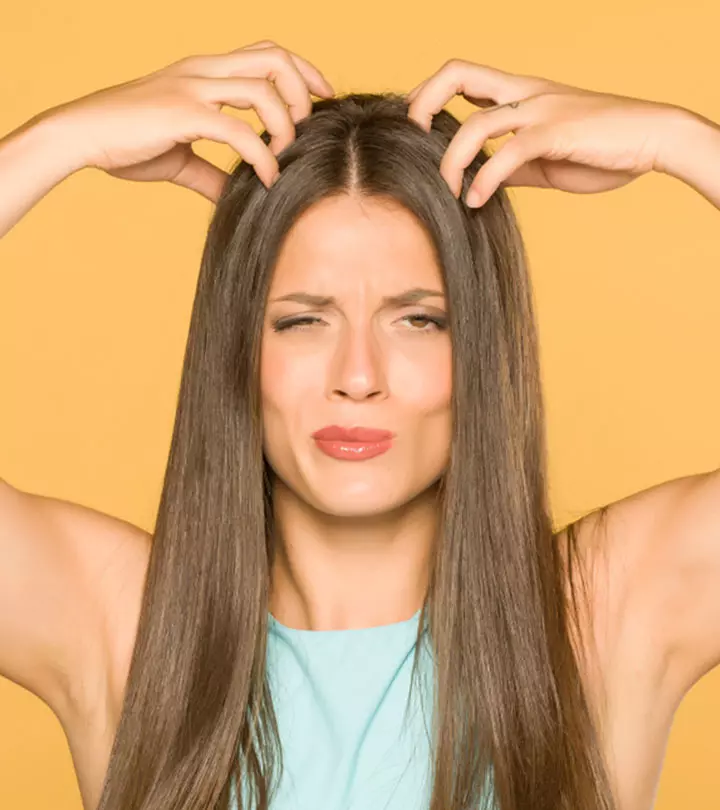
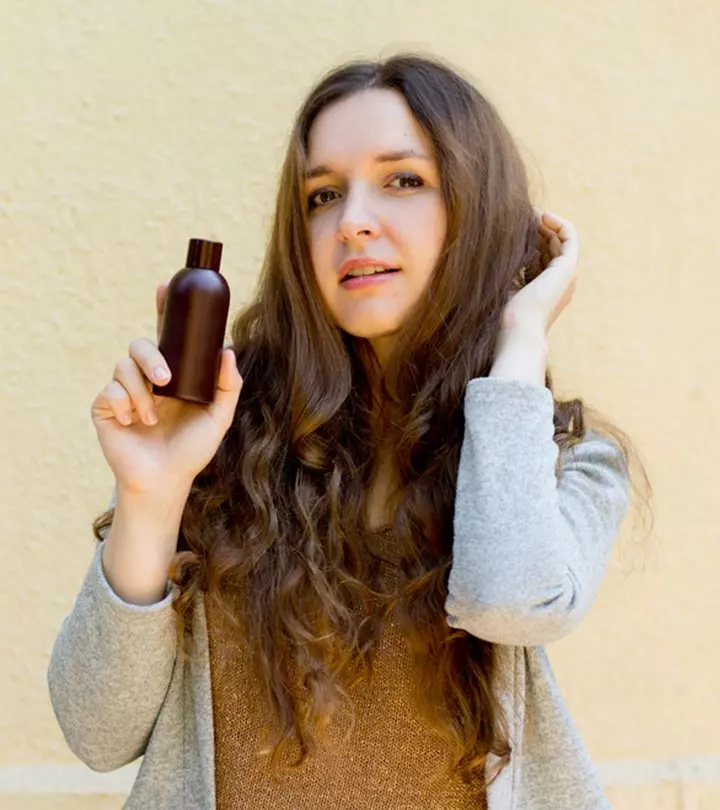
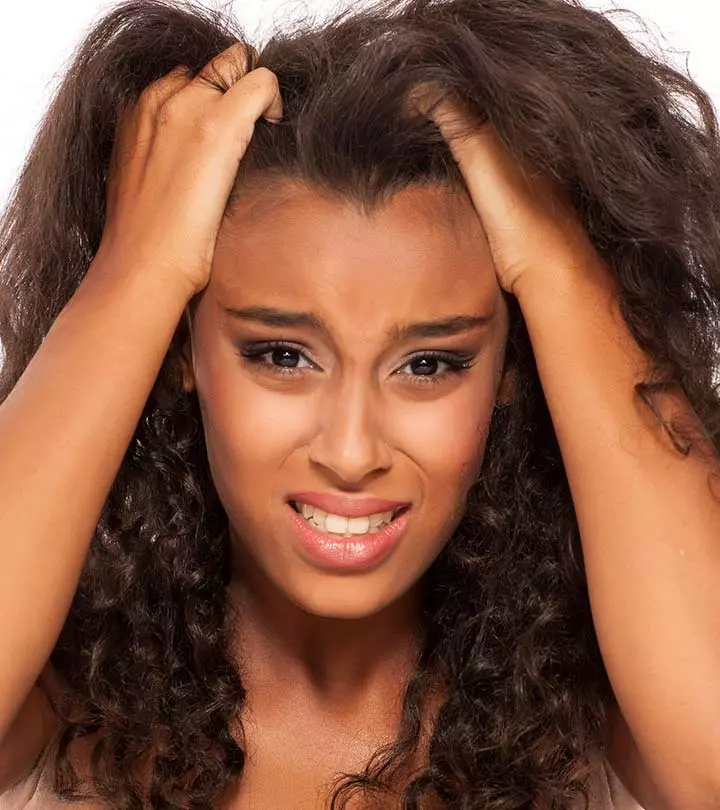
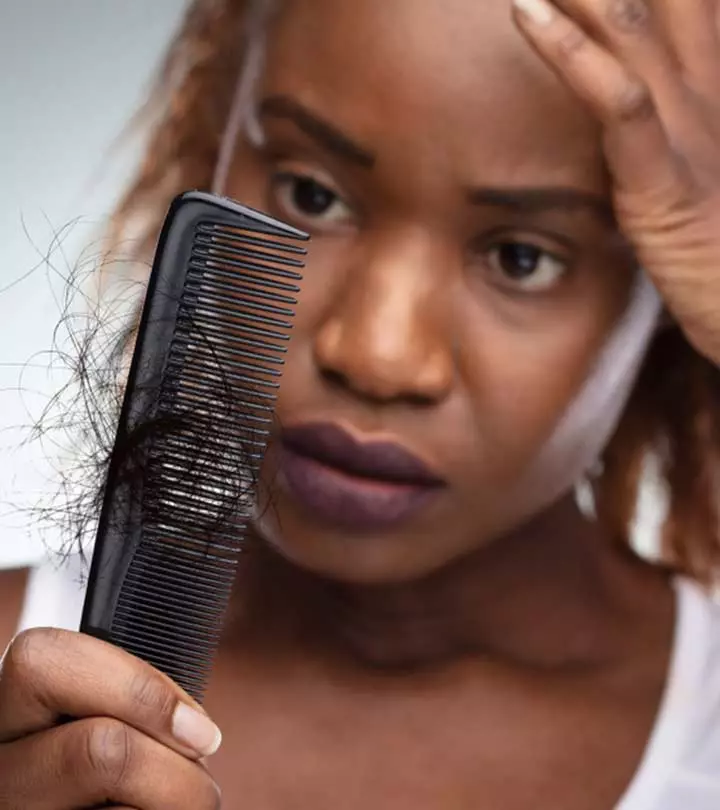
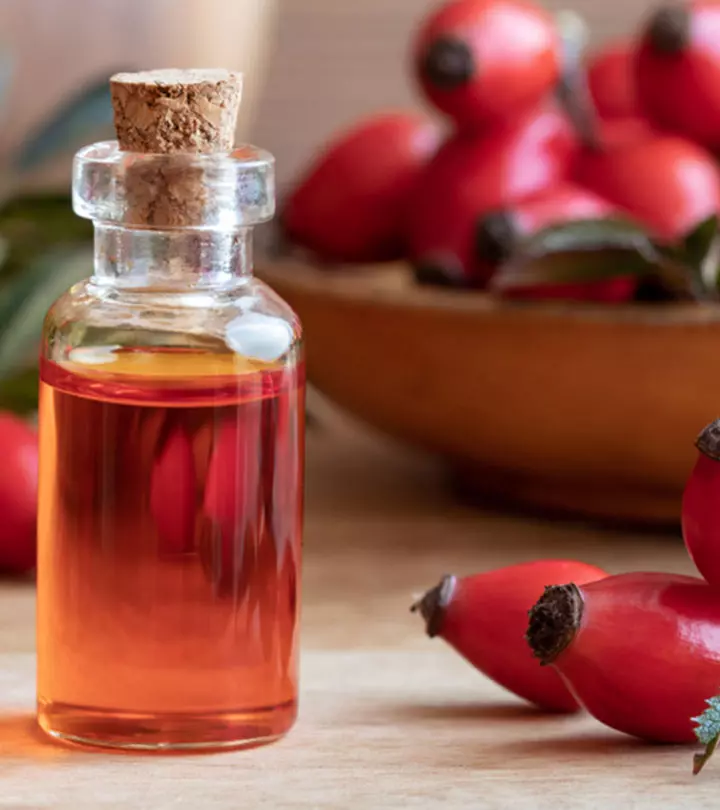

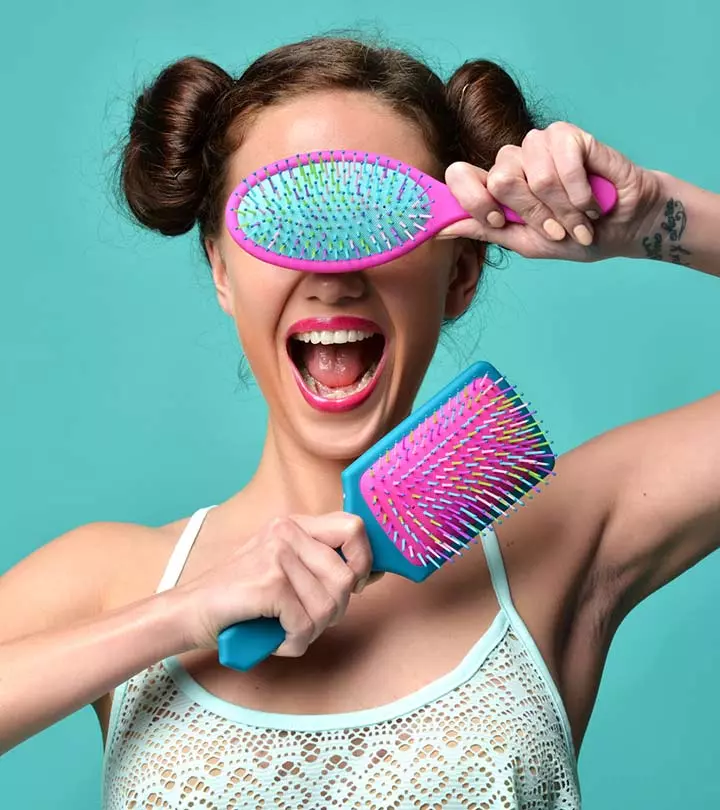

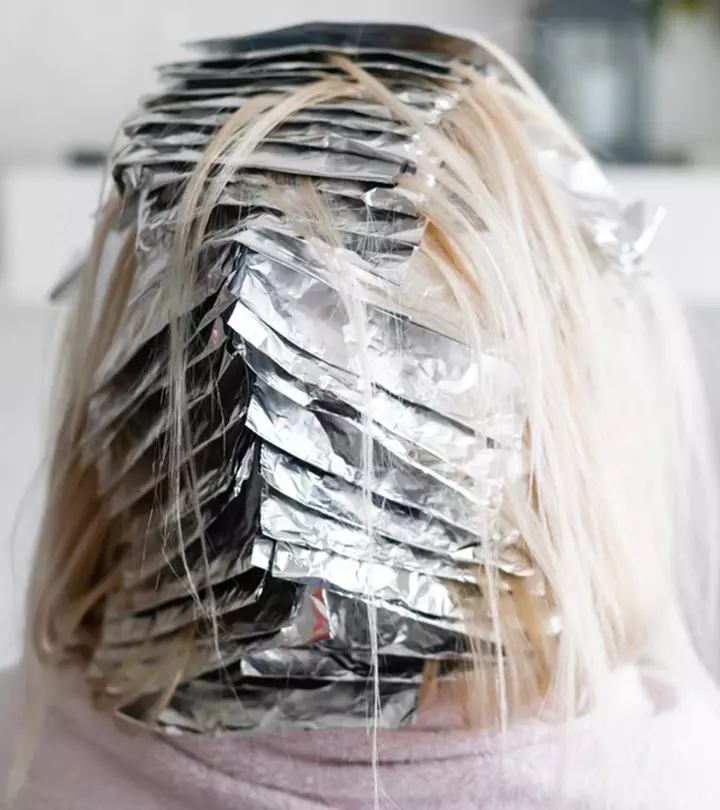
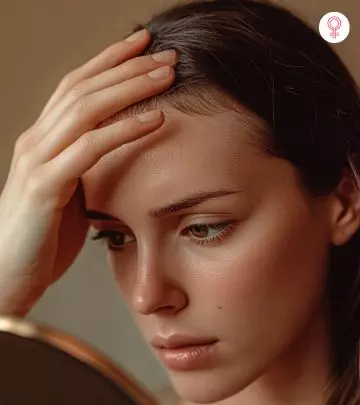
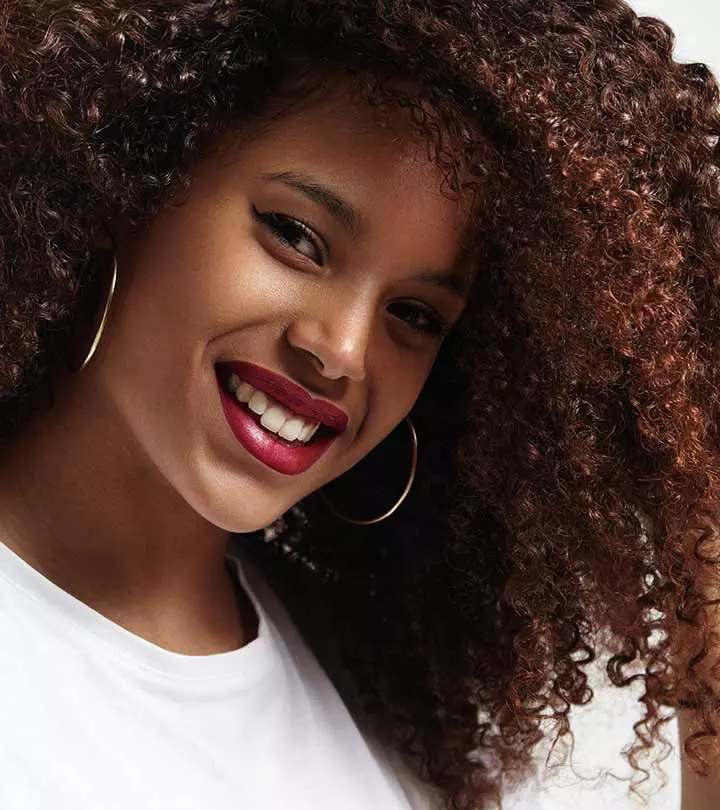

Community Experiences
Join the conversation and become a part of our empowering community! Share your stories, experiences, and insights to connect with other beauty, lifestyle, and health enthusiasts.